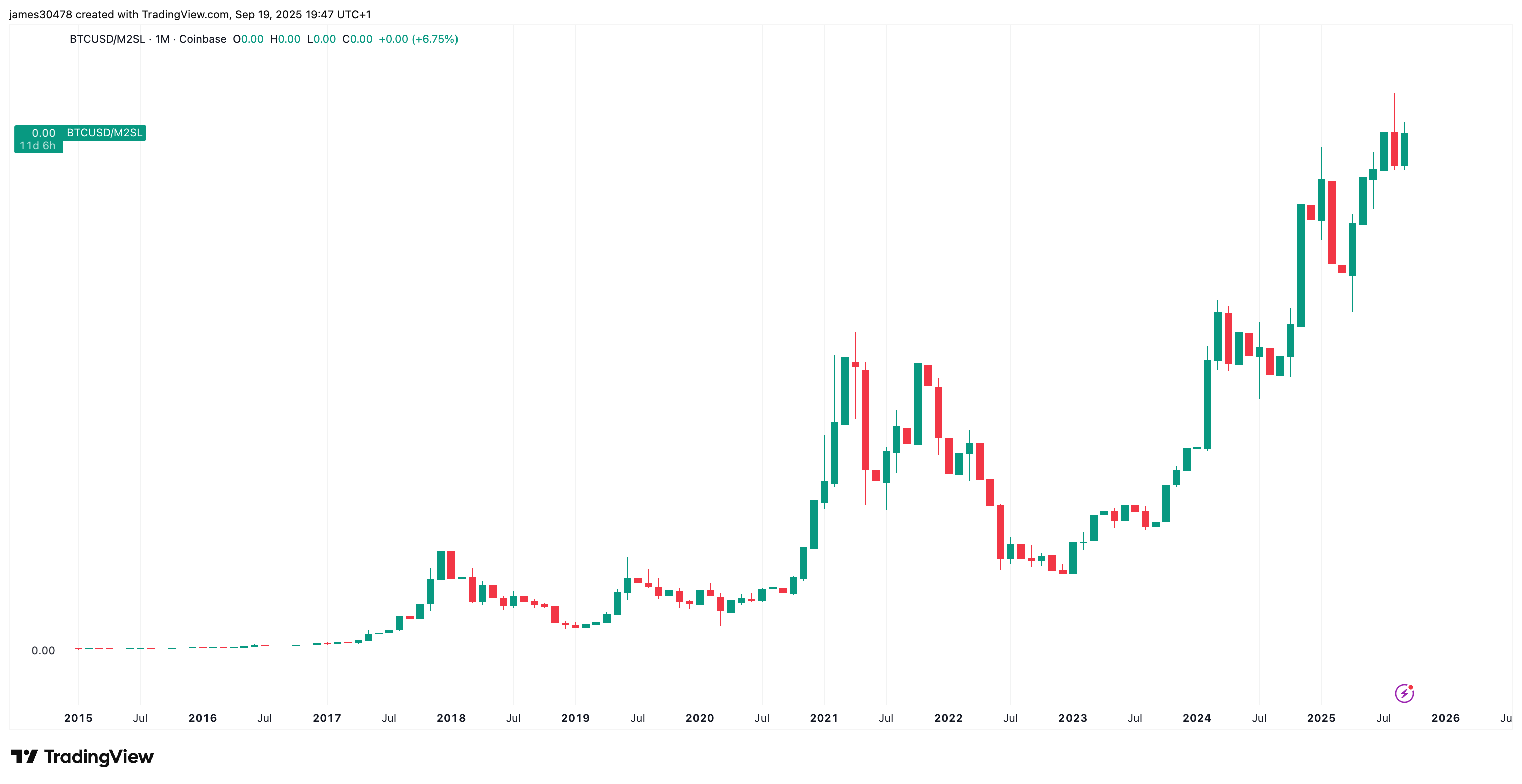
Gold has historically been seen as a safe haven asset and a store of value, especially during times of economic uncertainty and market volatility. In recent years, the price of gold has been on the rise, attracting investors looking to hedge against inflation and economic risks. However, despite its recent strong performance, gold has not reached a new high relative to broad money supply since 2011.
The relationship between gold prices and the broad money supply is an important indicator for investors and economists. Broad money supply refers to the total amount of money in circulation in an economy, including physical currency, demand deposits, and other liquid assets. When the price of gold rises relative to the broad money supply, it is often seen as a sign of inflation or currency devaluation.
In 2011, gold reached an all-time high price of around $1,900 per ounce, as investors flocked to the precious metal amid concerns about the global economy and the stability of fiat currencies. Since then, the price of gold has fluctuated, reaching lows in 2015 before starting to climb again in recent years. Despite this upward trend, gold has not surpassed its 2011 high when compared to the broad money supply.
There are several factors that may explain why gold has not made a new high relative to broad money supply since 2011. One possible reason is the overall strength of the US dollar, which tends to have an inverse relationship with the price of gold. When the dollar is strong, gold prices typically fall, as it becomes more expensive for investors using other currencies to purchase gold.
Additionally, the rise of alternative investments such as cryptocurrencies may have diverted some investor interest away from gold. Cryptocurrencies like Bitcoin have gained popularity as a digital store of value and a hedge against economic uncertainty, drawing investment away from traditional assets like gold.
Despite these challenges, gold continues to be a popular investment choice for many investors seeking to diversify their portfolios and protect against economic risks. The recent rise in gold prices reflects ongoing concerns about inflation, central bank policies, and geopolitical tensions, all of which can drive demand for the precious metal.
In conclusion, while gold has performed well in recent years, it has not reached a new high relative to broad money supply since 2011. The interplay between gold prices, the broader economy, and competing asset classes like cryptocurrencies will continue to shape the outlook for gold as an investment in the years to come.

Leave a Reply